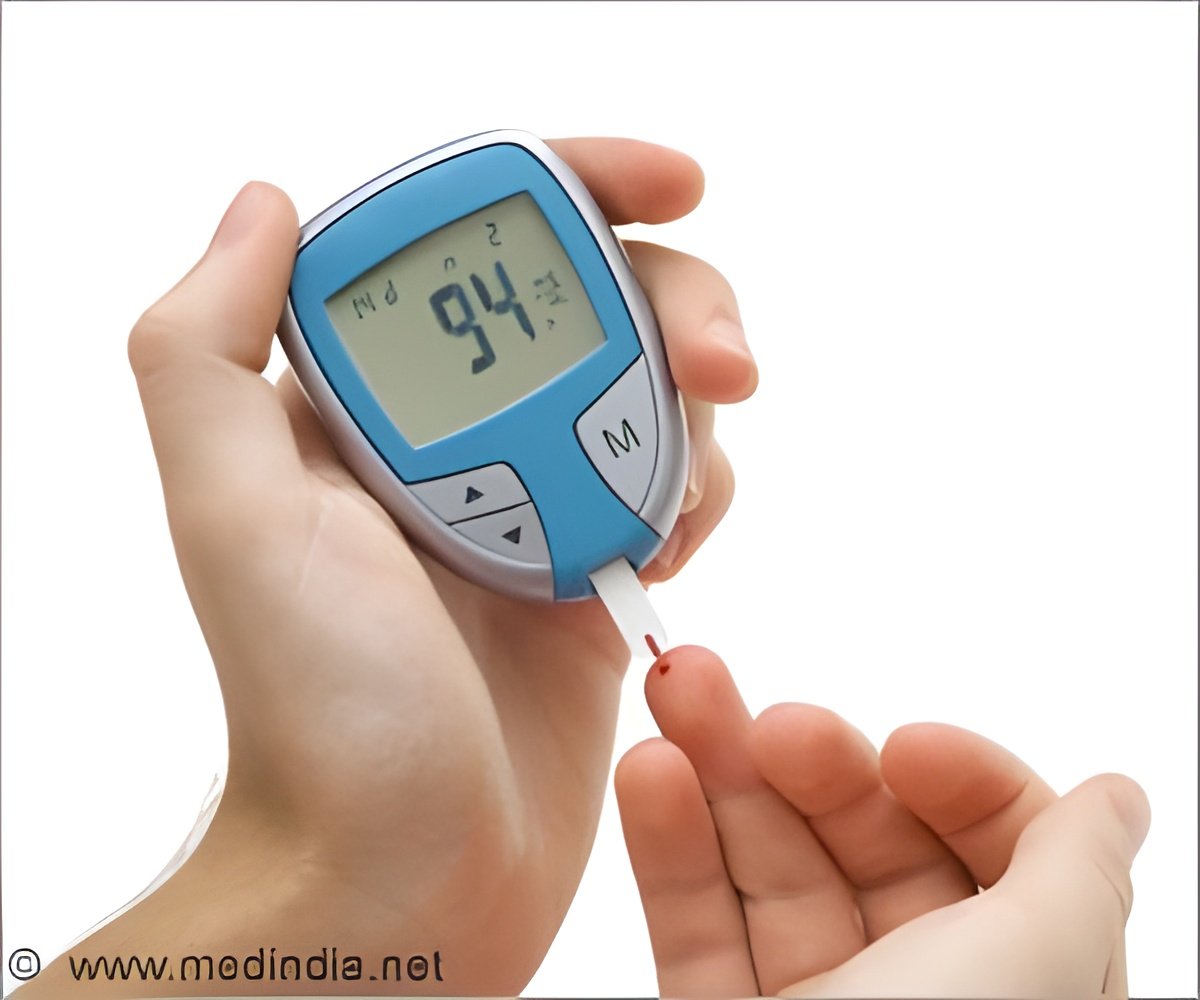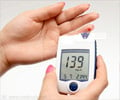Former status as an elite athlete reduces the risk of developing type 2 diabetes in later life by 28%, according to a study of almost 400 former elite male athletes.

The study of Finnish male athletes follows-up on work that began in 1985, when a questionnaire was sent to 1,518 former athletes and 1,010 controls, and further questionnaires were sent out in1995 and 2001. In 2008, an invitation to participate in a clinical study was sent to all former athletes who were still alive (747, of whom 392 participated) and controls (436, of whom 207 participated) and had answered at least one of the previous questionnaires. The clinical study included a physical examination, laboratory tests and questionnaires.The former athletes were divided into three groups based on their active career sport: endurance, mixed and power sports. Participants without a history of diabetes (n=537) underwent an oral glucose tolerance test (75g of glucose delivered over 2 hours).
Current volume of leisure-time physical activity (LTPA) was determined by self-reported questionnaires and expressed in metabolic equivalent hours. Data on reimbursable diabetes medication from participants and non-participants were obtained from a central Finnish register.The researchers found that being a former elite athlete reduced the risk of developing type 2 diabetes by a statistically significant 28%. However, this reduction varied among the different sports categories: the risk reduction was 61% for those who had had careers in endurance sports (a statistically significant finding) while for mixed sports the reduction was 21% and power sports was 23% (both not statistically significant).
The risk of type 2 diabetes decreased with increased LTPA volume, by 2% per 1 MET-h per week. The former elite athletes also had a 42% lower risk of impaired glucose tolerance (IGT), a precursor state to full blown diabetes.The authors say: "With ageing, the former athletes maintained their physically active lifestyle better than the controls."They conclude: "A former career as an elite athlete protected from both type 2 diabetes and IGT in later life. In addition, the volume of current leisure-time physical activity was inversely associated with the prevalence of type 2 diabetes."
Source-Eurekalert















